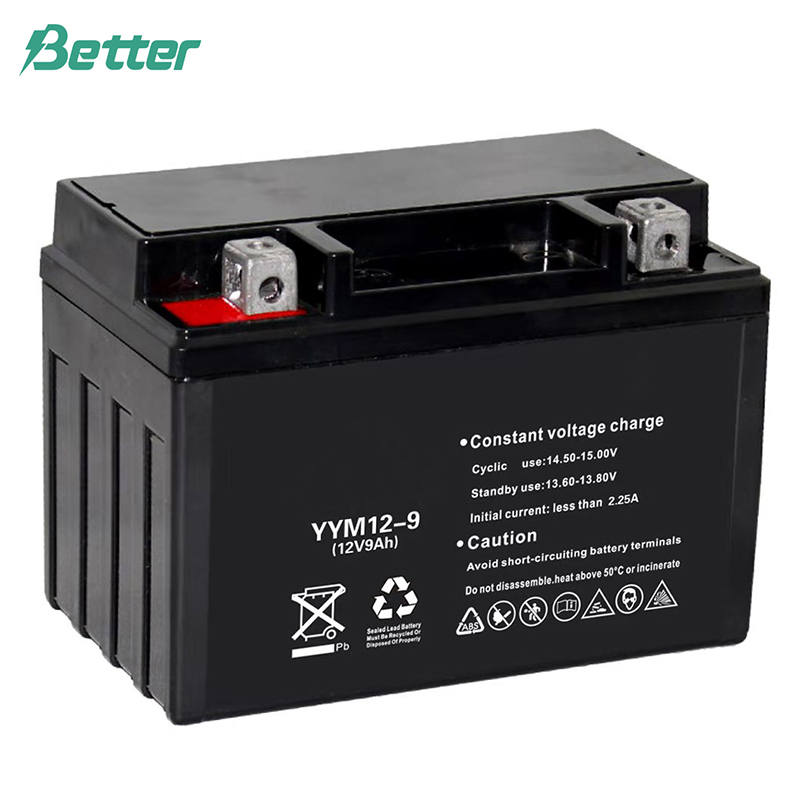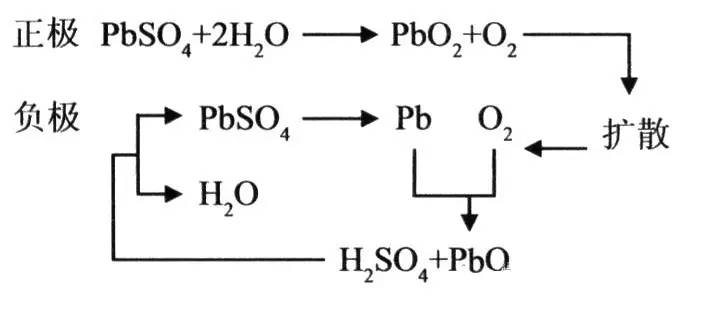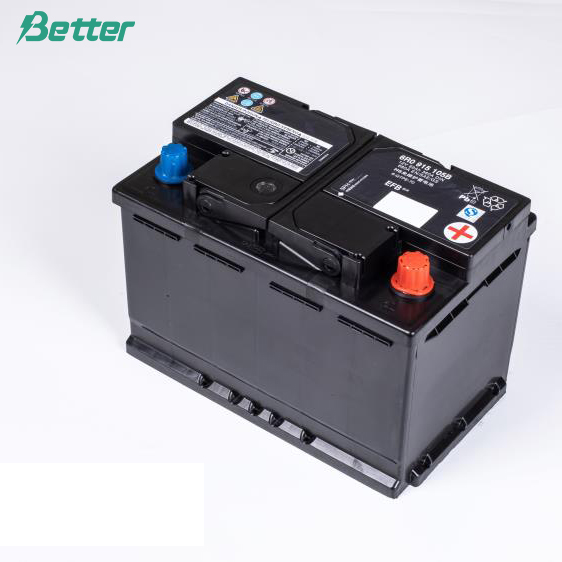
Correct use and maintenance methods are of great benefit to extending the service life of lead-acid batteries
2021-10-28 11:36Lead-acid batteries play an irreplaceable role in the secondary chemical power supply due to their simple manufacturing process, rich source of raw materials, and ultra-high quality-price ratio. The service life of lead-acid batteries is closely related to the manufacturing process, and it also has a great impact on its use and maintenance methods. Correctly learning the use and maintenance methods is of great benefit to prolong the service life of the battery.
1. Battery inspection and maintenance
Battery maintenance is indispensable. Whether it is manual operation and maintenance or automatic monitoring and management, it is to detect the abnormal failure of individual batteries or the equipment system failure that affects the battery charging and discharging performance in time, and actively take corrective measures to ensure the stability of the power system.
The inspection and maintenance of the battery are divided into daily maintenance, quarterly maintenance and annual maintenance.
1.1 daily maintenance
① Ensure that the surface of the battery is clean and dry;
② Always pay attention to the ambient temperature of the battery system and changes in the appearance of the battery;
③ Frequently check the battery's online floating charging voltage and battery pack floating charging voltage (total terminal voltage), compare with the panel display and correct it if necessary;
④ Ensure that the battery cabinet or battery room is clean and well ventilated or illuminated.
1.2 Quarterly maintenance
① Visually inspect the cleanliness of the outer surface of the battery, the integrity of the outer casing and the cover, whether the battery appearance is bulged or deformed, and whether the battery has overheating signs; ② Check and record the ambient temperature of the battery system at the unified inspection point of the battery system every quarter and can represent the average temperature of the system (the average temperature that can represent the system). When the temperature is lower or higher than 25℃, the temperature control system should be adjusted. If no temperature control system is installed, the float voltage should be adjusted; ③Measure and record the total float voltage at the battery end, compare with the display value of the panel meter, if there is a difference, find the cause and correct it in time; ④ Measure and record the floating charge voltage of each battery in the system. Normally, it should fluctuate within a certain range. If an abnormality is found, find the cause and correct it. ⑤ To do a restorative discharge test, use a dummy load or actual load to discharge, that is, cut off the power supply and use the battery to supply power. After finding that the capacity of an individual battery is low, charge the battery in a balanced manner. If the capacity cannot be restored after the balanced charge, the battery with too low capacity should be replaced.
3.3 Annual maintenance
① Repeat quarterly maintenance of all content;
② Check the connection points between all batteries and ensure that the connection is tight and reliable;
③ Take a few batteries at will for internal resistance test. As the internal resistance of the battery is wirelessly related to its capacity, the internal resistance of the battery cannot It is used to directly indicate the accurate capacity of the battery, but the internal resistance of the battery can be used as an indicator signal of the "health" state of the battery.

Better lead-acid battery
2. Several factors affecting the life of the battery
2.1 Deep discharge
The deep discharge has a great influence on the cycle life of the battery. If the battery is often deeply discharged, the cycle life will be shortened. As the deep discharge of a battery with the same rated capacity means that high current charging and discharging are often used, the battery cannot be recharged in time when discharge at high current of often under voltage, which will produce large sulfate particles, and the active material of the plate cannot be fully utilized. The actual capacity of the battery will gradually decrease in the long term and affect the normal operation of the battery. Since solar photovoltaic power generation systems are generally not prone to overcharging, long-term power deficit is the main reason for battery failure and shortened life in solar photovoltaic systems.
2.2 Discharge rate
It is generally stipulated that the capacity of the 20-hour discharge rate is the rated capacity of the battery. If you use a discharge rate lower than the specified hour, you can get a battery capacity higher than the rated value; if you use a discharge rate higher than the specified hour, the discharged capacity is smaller than the rated capacity of the battery, and the discharge rate also affects the battery terminal Voltage value. When the battery is discharged, the electrochemical reaction current is preferentially distributed on the surface closest to the main solution, resulting in the formation of lead sulfate on the electrode surface and blocking the inside of the porous electrode. The above-mentioned problems become more prominent during high-current discharge, so the larger the discharge current, the smaller the capacity given by the battery, and the faster the terminal voltage value drops, that is, the end-of-discharge voltage value decreases with the increase of the discharge current.
But on the other hand, it’s not that the lower the discharge rate, the better. Studies have shown that a long-term discharge rate that is too small will significantly increase the amount of lead sulfate molecules produced, causing stress to cause the plate to bend and the active material to fall off, and it will also reduce the service life of the battery.

2.3 The outside temperature is too high
The rated capacity of the battery refers to the value of the battery at 25°C. It is generally considered that the working temperature of the valve-regulated sealed lead-acid battery is within the range of 20~30°C. When the battery temperature is too low, the battery capacity is reduced because the electrolyte cannot fully react with the active material of the electrode plate under low temperature conditions. The capacity reduction will not be able to meet the expected backup use time and remain within the specified depth of discharge, which will easily cause over-discharge of the battery.

From the perspective of the external parameters of the battery, the voltage has a great relationship with the temperature. Every time the temperature increases by 1°C, the voltage drop of a single cell decreases by 3mV. In other words, the voltage of a lead-acid battery has a negative temperature coefficient, and its value is -3mV/°C.
By the same token, an increase in ambient temperature is likely to cause over-discharge of the battery. High temperature will also bring about the phenomenon of battery loss of water and thermal runaway. Temperature is a major factor affecting the normal operation of the battery. In solar photovoltaic systems, the controller is generally required to have a temperature compensation function.
